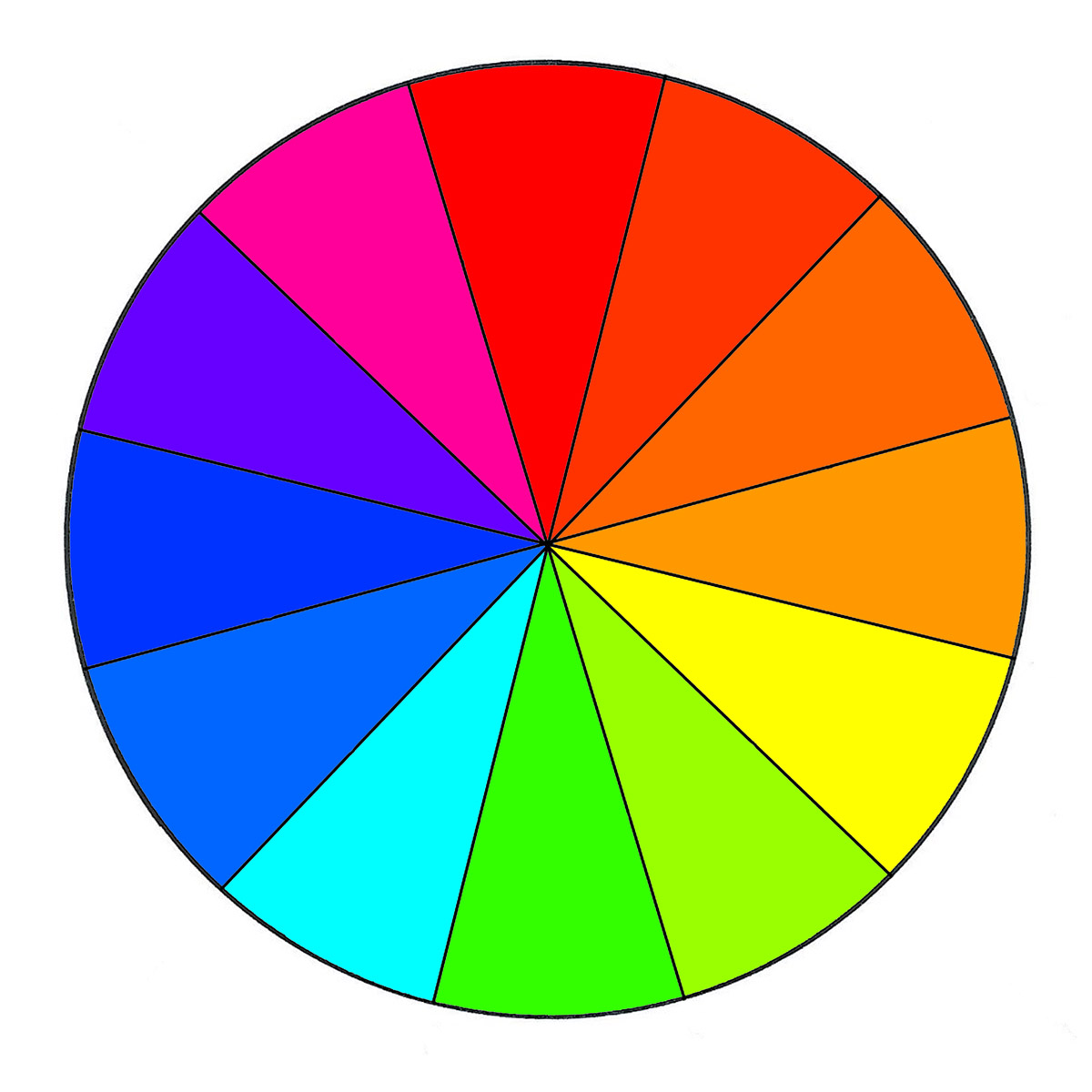Beavis and Butthead. Arya and the Hound. Liz Lemon and Jack Donaghy. Lucy and Ethel. Walter White and Jesse. Bert and Ernie. Some of the greatest duos ever on TV.
When we start talking about why these couples work so well together, the word “chemistry” usually comes up.
You know. That thing they have.
It’s such a vague term used to describe something so important when putting two characters together (Walt and Jesse is one of the few occasions where the word can be used literally).
I mean, we know chemistry when characters have it, but what is it? What makes some character duos sizzle while others are just meh.
I take you to…
…the color wheel.
Yeah. The thing we use to determine what colors go well together in our clothes.
Bear with me.
This is something I never thought I’d use in an analogy until I was trying to describe to improv students why some characters they come up with work really well together and why others don’t.
So for those who like to wear all black just to keep it simple, here’s how the wheel works when combining colors. If two colors are directly next to each other, like the blue and light blue, they’re good to go. Or if two colors are on the opposite ends of the color wheel, they also work, like red and green (which is why Christmas is so stylish).
It’s the same way with characters. When you take two characters who are very much alike, they’re going to have great chemistry together.
So many duos in Saturday Night Live will do this, from Wayne and Garth to Hans and Frans to the Spartan Cheerleaders. So do McNulty and Bunk on The Wire. Same for Alana and Kelly on Broad City. They have an automatic chemistry because they’re alike in so many ways. They’re not carbon copies of each other. That would be boring. Not to mention pretty creepy.
They’re just enough alike though to make the two characters flow together. This is probably true of many of our friends. We are similar to that person, and thus, we get along.
And, like in the color wheel, when you take two characters that are opposites of each other, they’re also going to have great chemistry.
When we’re talking about opposites it gets even more interesting. Arya and the Hound in Game of Thrones are different in size, gender, age and family, yet they feel so perfect as a duo.
In Breaking Bad Walter White is a nobel-prize winner; he’s serious, grumpy, book-smart, older and very responsible. Jesse is a Funyon-loving meth dealer. He’s immature, silly, street-smart, young, and a disappointment to his parents. But they’re one of the greatest duos ever.
The Odd Couple bases the entire premise of its show off of this.
It’s when the characters don’t fall on these spectrum that their chemistry becomes more ho-hum.
In The Office, Jim and Dwight have amazing chemistry because they’re opposite. Jim also has great chemistry with Pam because they’re so similar. But Jim’s interactions with Oscar is nothing too notable because they are neither very similar or very opposite to each other. However, Oscar and Michael, who are much more opposite, are a lot more fun to watch when they’re on screen together.
Taking Geometry into This
Here’s the thing, though: I’m saying wheel, but this wholepicture is a lot more three-dimensional, and calling it a color sphere might be even more accurate.
Arya and the Hound are opposites on that color wheel for all the reasons we mentioned, but they also are matches in other ways: they’re both jaded, and they’re both great fighters. Not to mention both of their sigils are types of dogs.
Lucy and Ethel are alike in many ways, but they differ in that Lucy so desperately wants to be a big star and Ethel would rather not rock the boat.
These exceptions where alike characters have opposite traits or contrasting characters have similar traits makes their chemistry even more powerful and fun to watch.
Not every character combination you write can have this advantage. If you’re writing something with a large ensemble cast, you’re going to have all colors, and sometimes your yellows and your reds are going to have to interact with each other.
Even if that’s the case, you can still find ways in a scene or episode to bring their similarities or differences to the forefront.
Back in 1995, The Simpsons did a crossover with the show The Critic, allowing Homer to meet with Jon Lovitz’ Jay Sherman. The problem was that Jay wasn’t dumb enough to be a match with Homer, but he also wasn’t cunning enough to be the opposite of him. However, there was one world that Jay Sherman was an expert in: film. So the plot of the episode was centered around a town film festival, where Jay Sherman would be at his smartest, which contrasted with Homer’s lack of sophistication, making for a great dynamic and rivalry between them.
Any pairing in Seinfeld or Friends works well like this because the cast is similar and opposite to each other in many different ways.
You just have to get creative with how the characters interact, and then you can always create color wheel types of scenes.
But whether you’re creating two main characters, or you’re finding ways to bring your existing characters together, you want to pay attention to what kind of chemistry you make. And this means treating your characters like you would your outfit.


